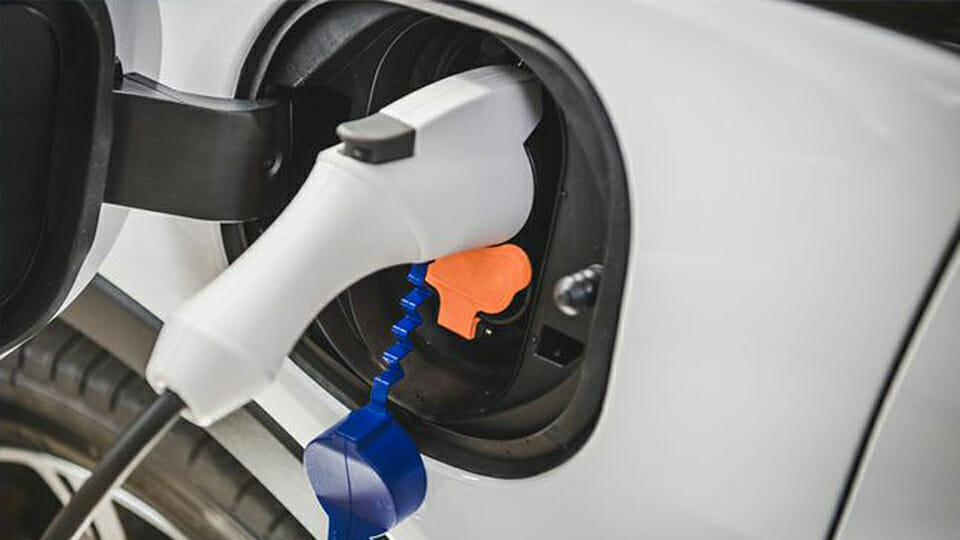Duke Energy launches electric transportation pilots
Subscriber Benefit
As a subscriber you can listen to articles at work, in the car, or while you work out. Subscribe Now
Plainfield-based Duke Energy Indiana is testing the waters when it comes to electric transportation with four pilot programs in the Hoosier State. The utility says the two-year pilots, approved in June by the Indiana Utility Regulatory Commission, are focused on residential and commercial customers, including businesses, schools and local governments.
Duke spokesperson Angeline Protogere says the goal is to help the utility better understand the effects of electric vehicles on the electric grid.
“It’s all about gaining critical knowledge as Indiana’s largest electric supplier so that we can be prepared for the future,” Protogere told Inside INdiana Business.
The programs launched in October and will take 24 months to complete.
The first pilot is an Off-Peak Charging Credit for residential customers with a Level 2 EV charger. Up to 500 participants will receive a $50 quarterly bill credit for charging their vehicles during times of decreased energy demand.
“There is less energy demand at night time in our system, and so there are advantages for all customers to have individuals, homeowners who have electric vehicles, who might charge their vehicles at night,” Protogere said. “It’s a better use of electricity on our system to charge it at times of decreased demand.”
Duke has launched the Commercial Charger Rebate pilot, which gives a financial incentive to businesses, apartment buildings, and government or workplace fleet operators to install electric vehicles.
The pilot will include up to 1,200 charging stations and participants can receive $500 per station with a minimum of four Level 2 EV charging stations and a maximum of 20.
“The goal is to help us to better understand how this market segment works and their impact on the electric grid.”
Duke says private fleet customers must own, lease or otherwise operate one or more plug-in EVs for each incentive received. Additionally, 10% of the pilot’s incentives will be designated for commercial customers in low-income areas.
The third pilot is a Fleet Advisory program that is designed to give fleet managers an opportunity to assess the economics and logistical challenges of transitioning commercial fleets to electric vehicles.
“That can have an impact on the electric grid in a particular part of the state, and so this is a program to help us better understand that, to provide consulting services for those entities and better prepare for that,” said Protogere.
Duke plans to perform 45 consultations over two years that will include an EV suitability analysis for eligible customers.
Lastly, the utility has launched a pilot focusing on electric school buses and their ability to transfer excess electricity.
“This particular program looks at the electric grid as a two-way street. Right now, we produce power and we distribute it to consumers. This would look at what way we could use the excess energy from batteries in electric school buses when they aren’t being used and use that excess energy on our own electric grid.”
Duke will provide up to $197,000 per bus for up to six electric school buses in a school district. Half of the pilot will be focused on schools with a student population of at least 30% receiving free or reduced-price lunches.
The four pilots are just the latest in a series of EV charging initiatives being undertaken in Indiana.
In September, the Federal Highway Administration approved a $100 million plan from the Indiana Department of Transportation to install more than 100 fast-charging charging stations across the state.
INDOT plans to install the stations in high-demand areas as early as June 2024, with stations going live in the second quarter of 2025, according to our partners at the Indianapolis Business Journal.
Additionally, Duke Energy is collaborating with other Hoosier utilities to install 61 fast-charging stations throughout Indiana. The EV Crossroads of America initiative aims to ensure a station is located every 30-50 miles on Indiana’s major interstates and highways.
